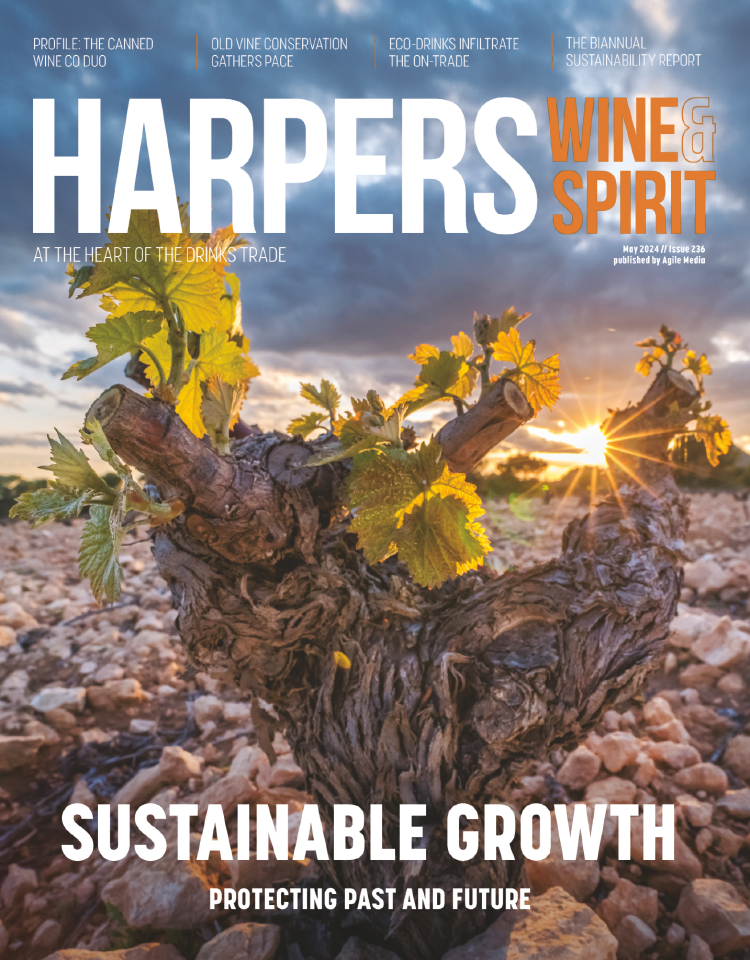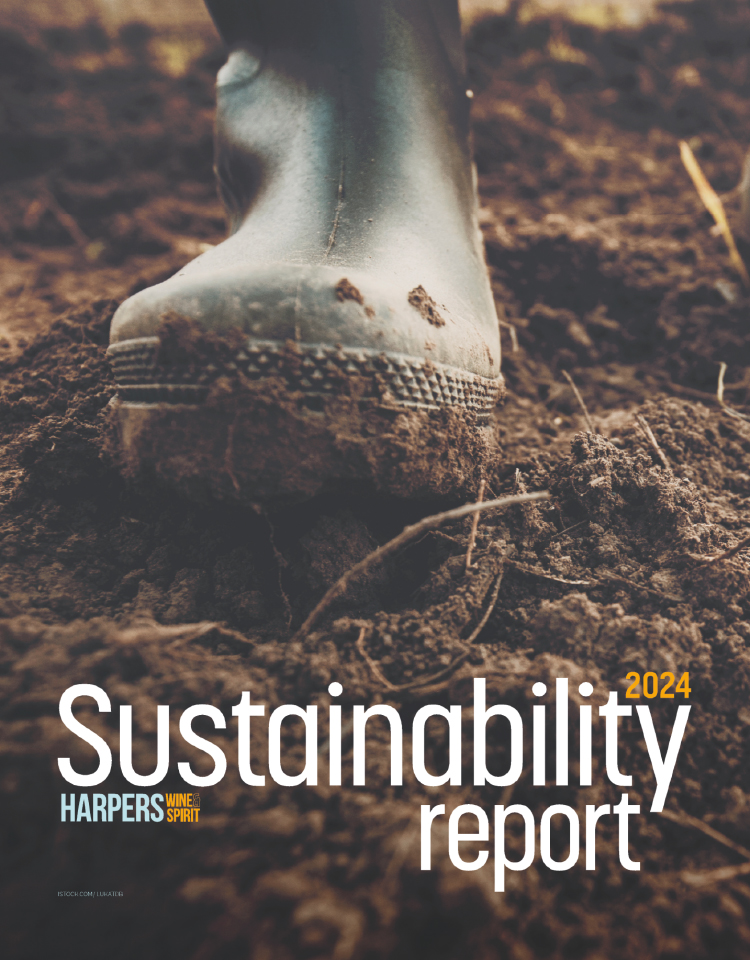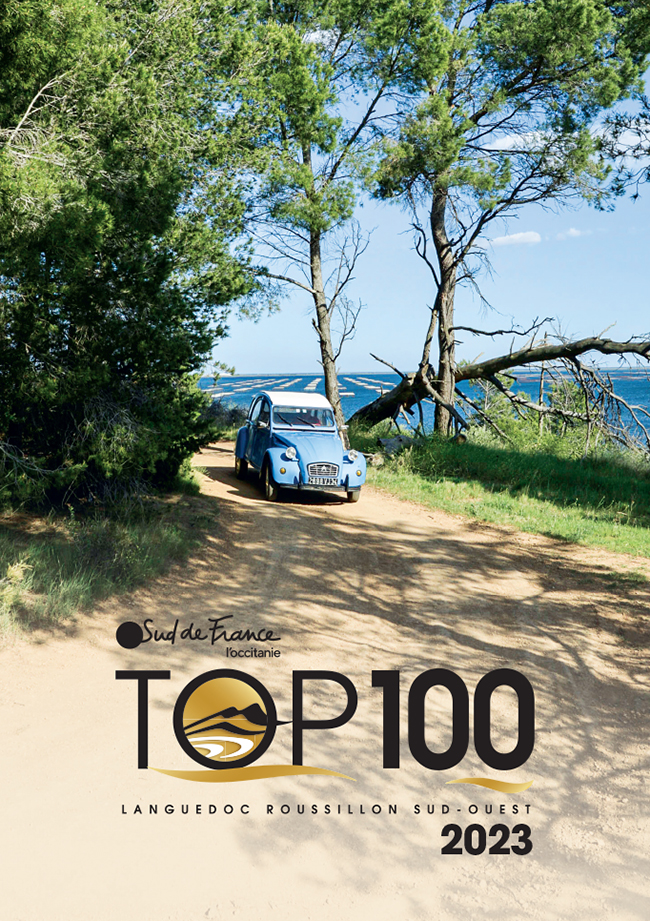
Italian diversity paving the way for premium Prosecco?
A greater appreciation of Italy’s regions and varietal diversity could be laying the groundwork for the longevity of Prosecco, according to experts.
One of the closing panel discussions at Bellavita yesterday pulled no punches about the strength of the Italian wine category, which distributors agreed has become one of the main go-to categories for quality wine buyers in recent years.
Not only does it over deliver on price, often overtaking the New World in terms of great value, it has benefitted from low production and high cost in places like France, with Gavi and Soave offering good mid-range wines for the on-trade that used to be dominated by Chablis and Sancerre.
This heightened interest in what Italy has to offer and the boom in European sparkling is creating a window of opportunity for Prosecco in the UK, which accounts for 75% of exports when combined with the US and Germany.
However, distributors agreed much needs to be done before the sparkler sits in the same quality bracket as other Italian wines.
“I think 15% of what’s available now is quality and the rest is rubbish,” said John Graves, on-trade channel director at Bibendum. “That’s the truth. The key will be to protect quality and not chase volume. Everyone in the trade has a duty to protect it as it is a good product.”
The extent to which Prosecco continues to dominate ranges can be seen in Bibendum’s portfolio, where over 50 SKUs are dedicated to Prosecco – over half of its entire Italian range.
Others agreed that premium Prosecco will sustain the category for the future, with Christopher Carson of Carson & Carnevale Wines and Luigi Buonanno, regional sales manager for London at Berkmann, both pointing to the need for greater education around the different DOC and DOCGs.
A greater appreciation of Italy’s regions is likely to help with this, as restaurateurs increasingly request new sub-regions and grapes.
“Before, Sicily was seen as a category. It was ‘Sicilian wines’,” said Graves.
“Now, restaurateurs are asking for wines from the slopes of Mount Etna or new varietals. In the north, customers are asking for entry level Nebbiolo which they haven’t asked for before, and Barbera is one of our biggest varietals now whereas five years ago we barely sold anything. Italy is the most exciting it’s been in the on-trade for a while. Pecorino on a wine list for £25, that’s fantastic value.”
In parallel, producers are now aiming to highlight their credentials as quality Prosecco connoisseurs.
This is the case with Villa Sandi, one of the oldest Prosecco producers and one of five “historic premium wine houses” which make up the Italian Signature Wines Academy.
Although it has been making Prosecco since the 1960s, things have moved fast in the past ten years.
A decade ago, the producer’s biggest seller was Pinot Grigio in the UK.
Now, Prosecco has the lion’s share of sales with 90%, while Pinot Grigio represents just 5%.
Villa Sandi is now in 93 countries – more according to Flavio Geretto, export area manager UK, USA, Americas, Asia Pacific, than any other producer.
Geretto is also keen to convey the house’s other main claim to fame, that it is the only producer to own estates in all areas of the Prosecco producing regions – including the original Prosecco heartland DOC Treviso as well as DOCGs Asolo and Cartizze.
“Because of Prosecco’s popularity, in 2009 there was large change in the law to widen the geographic production area. Our challenge now is to communicate our heritage and our geography. For example in Cartizze, there is just 100 ha of Prosecco production, compared to 26,000 ha of total Prosecco. This is what we must communicate to the consumer.”
Villa Sandi is serious about education.
In the last two years, it has hosted over 50 masterclasses in the UK for both trade and consumers.
There is a long road ahead however.
Consumer understanding of Prosecco’s provenance in the Veneto region is limited, and confusion abounds over the grape itself.
Throughout much of the 20th century, Prosecco followed the Northeast Italian tradition of naming the wine after the grape.
Only in 2009 was the Prosecco grape officially changed back to its earlier name of Glera to avoid other sparkling wines being labelled as 'Prosecco' by using the grape variety's name.
Although sales are widely tipped to begin flat-lining over the next couple of years, no one is ready to dismiss the influence of Prosecco, which poses its own threat to Italy’s reputation as a “treasure trove” of wine varietals.
This was highlighted by Emanuele Altieri at family estate Fontefico in Abruzzo, who refuses to follow other Abruzzo producers into chasing the sparkling steam train.
Instead, he is focusing on his family’s flagship Montepulciano D’Abbruzo – the signature rustic, juicy red wine from this part of central eastern Italy.
“Lombardy and Veneto are sparkling regions and we should leave them to it. Each region has its speciality. You don’t have to follow the market, you invite the market to find and discover you,” he said.







